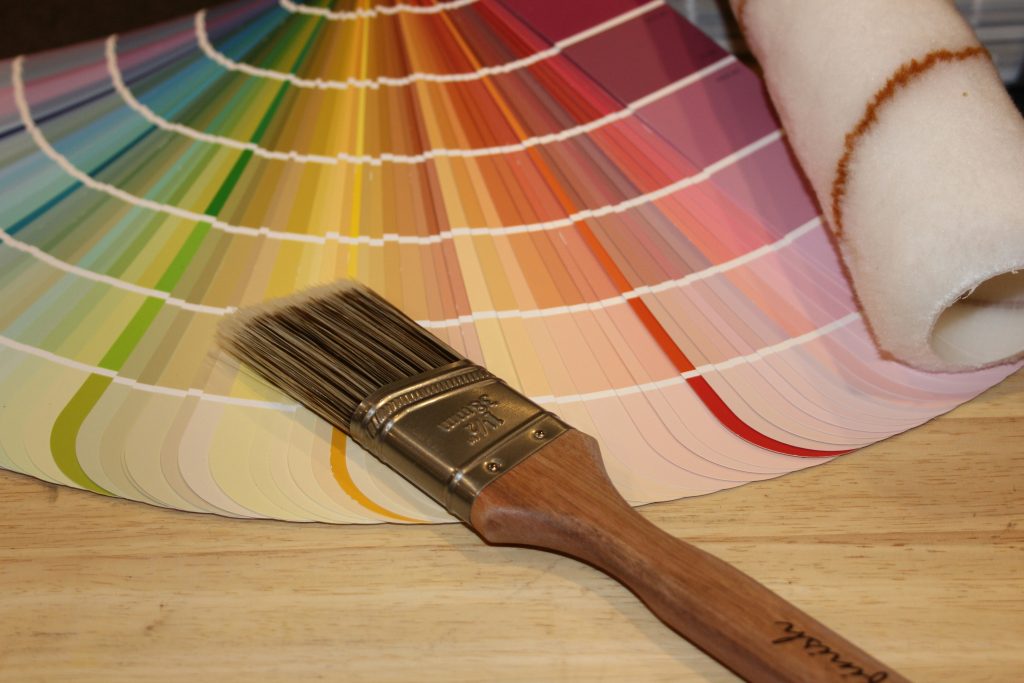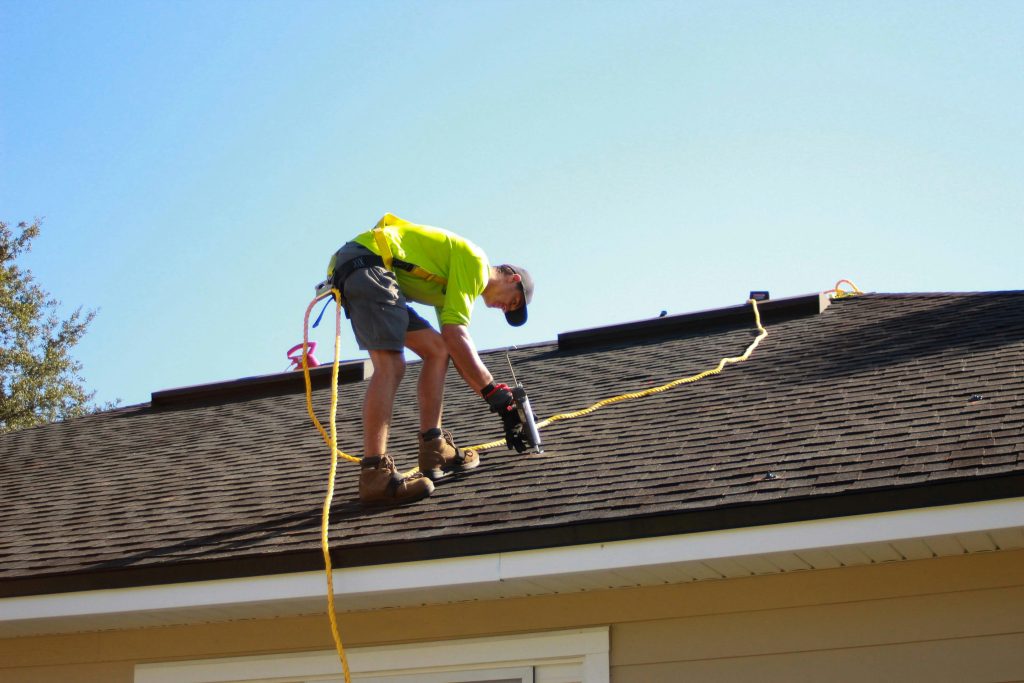
Renovating your kitchen can be one of the most rewarding upgrades for your home — especially in a vibrant city like Auckland, where property value and lifestyle go hand in hand. But whether you’re dreaming of a sleek, modern kitchen or simply want to make better use of your existing space, one big question always comes up first: how much is it going to cost?
In 2025, the cost of kitchen renovations in Auckland has continued to rise slightly, mainly due to inflation, increased labour rates, and the growing demand for modern appliances and materials. But that doesn’t mean a kitchen upgrade is out of reach — it just means being smart about where your money goes.
So, what does a kitchen renovation cost in Auckland this year?
For a basic kitchen makeover — think simple upgrades like fresh paint, a new benchtop, or replacing old cabinet doors — you’re looking at around $10,000 to $20,000. These are ideal if you’re not changing the layout and just want to refresh the space.
If you’re planning something more mid-range, with semi-custom cabinetry, updated appliances, better lighting, and maybe some minor changes to the layout, the price tends to fall between $20,000 and $40,000. This is the sweet spot for many homeowners who want a good balance between cost and quality.
For high-end renovations, where you might be ripping everything out and starting from scratch with bespoke joinery, designer finishes, luxury appliances, and a completely reimagined layout, you can expect to spend anywhere from $40,000 to $80,000 or more.
Of course, the final number depends on your choices — and how far you’re willing to go.
What makes kitchen renovations expensive?
There’s more to the cost than just the obvious materials. The size of your kitchen, the complexity of the layout, and even how old your home is can all affect the bottom line. A bigger kitchen will naturally need more cabinetry, more flooring, and more benchtop — and that adds up quickly. If you’re moving the sink, changing where the oven sits, or installing an island that needs electrical wiring, it’s going to require more trades — and more time.
Materials are another big part of the budget. Laminate is cheap and cheerful, but stone or engineered benchtops can triple your costs. The same goes for cabinetry — a simple flat-pack solution will save you thousands, but custom joinery tailored to your space comes with a premium. Appliances also vary greatly. A basic oven and fridge might set you back a few grand, but once you start looking at integrated appliances or smart tech, things can get pricey fast.
Then there’s labour. Auckland has some of the highest trade rates in the country. Whether it’s plumbers, electricians, tilers, or cabinet makers, expect to pay good money for good work. It’s worth it though — the last thing you want is to cut corners on workmanship that should last 10 to 20 years.
Watch out for hidden surprises
One of the biggest mistakes homeowners make is underestimating the “unexpected.” Once the demolition starts, it’s not uncommon to find water damage, poor wiring, or outdated plumbing hiding behind the walls. Fixing these can add thousands to your budget. You might also need to upgrade to meet current building regulations, or apply for building consent if you’re making structural changes — which can take time and money.
And don’t forget the small things that often go unnoticed in the planning stage — like waste removal, project management fees if you’re working with a renovation company, or the cost of setting up a temporary cooking area while your kitchen is out of action.
To be safe, most professionals recommend keeping a 10–15% buffer in your budget for these kinds of surprises. It can mean the difference between a smooth project and a financial headache.
What’s popular in Auckland kitchens right now?
In 2025, Aucklanders are leaning towards kitchens that are both functional and stylish. Clean lines, matte black tapware, handleless cabinets, and minimalist layouts are in. There’s also a strong push towards sustainability, with many people choosing eco-friendly materials like recycled timber and energy-efficient appliances.
Open-plan kitchens are still very much in demand, especially in homes where the kitchen flows into the living and dining areas. And with the rise of smart home technology, more kitchens now feature appliances you can control from your phone, touchless taps, or even lighting that adjusts to the time of day.
Of course, trends come and go — the most important thing is designing a space that suits your lifestyle. Do you love cooking? Entertaining? Need more storage? The best renovations start with how you actually live in your home.
DIY vs. hiring the pros
Some homeowners are tempted to take on parts of the renovation themselves to save money — and in some cases, it works. If you’re handy with tools, painting your own walls or installing shelves can cut costs. But for most of the heavy lifting, like plumbing, electrical work, or installing cabinets, it’s best to hire experienced professionals. Not only is it safer, but you’ll also get work that meets code and lasts longer.
If you’re unsure where to start, many people in Auckland turn to renovation companies or project managers who handle everything from design to execution. While this does come at an extra cost, it often saves time, stress, and prevents costly mistakes.
How long will it take?
Time is money — and it’s good to know how long you’ll be without a kitchen. A full kitchen renovation in Auckland can take anywhere from 4 to 8 weeks, depending on the scale of the job and how smoothly everything goes. The planning phase alone — which includes design, product selection, and securing any necessary approvals — can take several weeks before the physical work even begins.
Delays can happen, especially if you’re waiting on imported materials or juggling multiple trades. The key is to plan ahead, communicate clearly with your contractors, and stay flexible with your timeline.
Final thoughts
A kitchen renovation is a big decision, but it’s also one of the best ways to breathe new life into your home. In 2025, the cost of renovating a kitchen in Auckland might seem steep, but with good planning, clear priorities, and the right team, it can be a worthwhile investment that adds value, beauty, and function to your everyday life.
Whether you’re going all-in with a luxury fit-out or keeping it simple with a budget-friendly upgrade, understanding the costs and process upfront will help you avoid surprises and make smarter choices along the way.
If you’re planning a renovation, visit to explore kitchen design ideas, get an estimate, and connect with trusted renovation experts in Auckland.
And remember — the kitchen isn’t just where you cook. It’s where your home comes to life.



